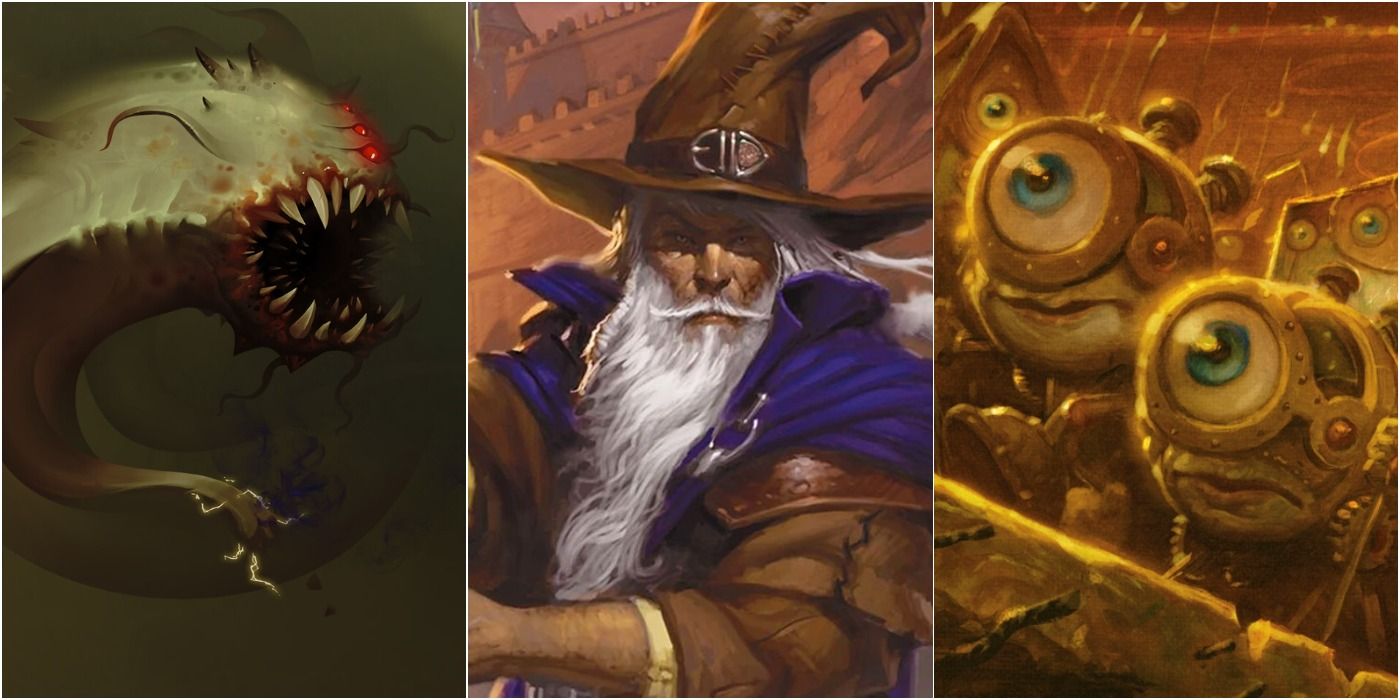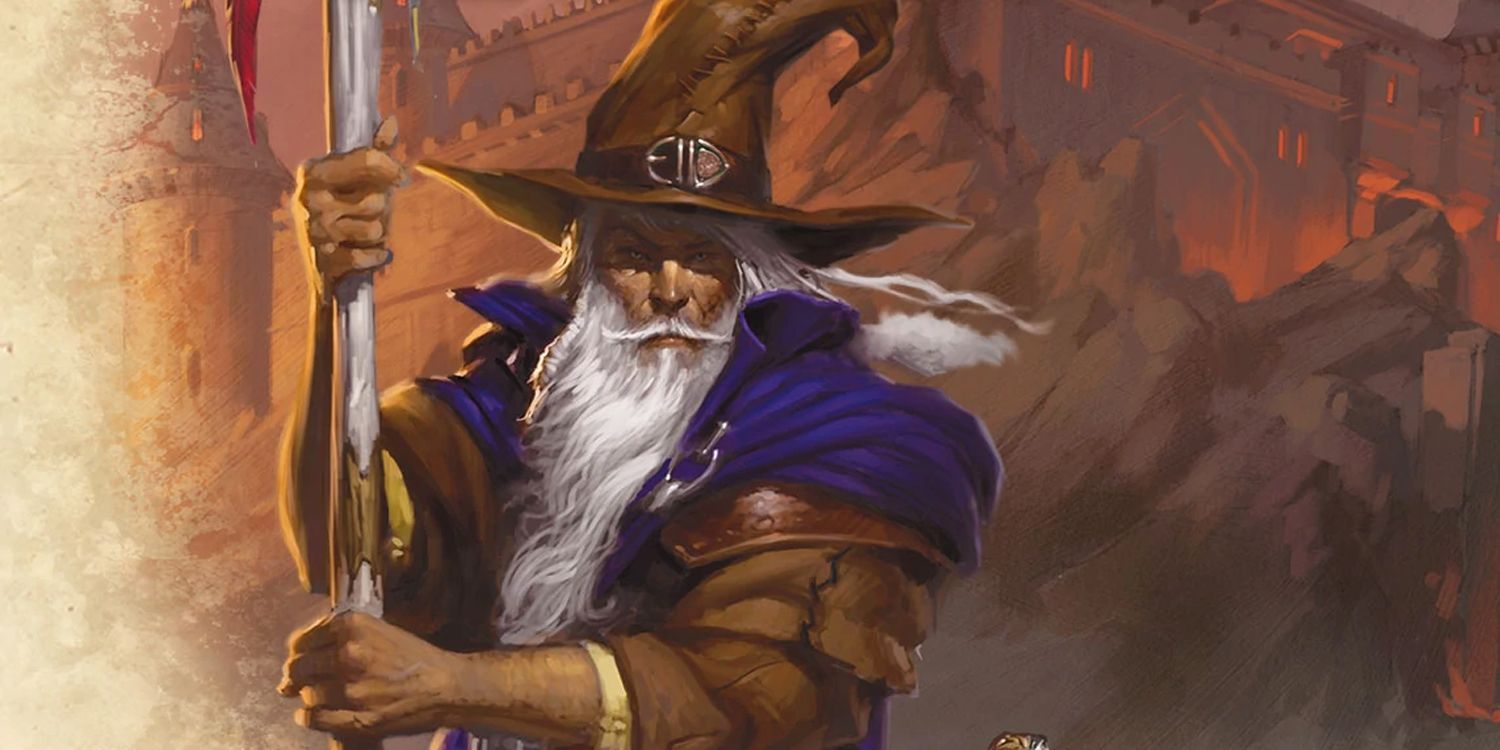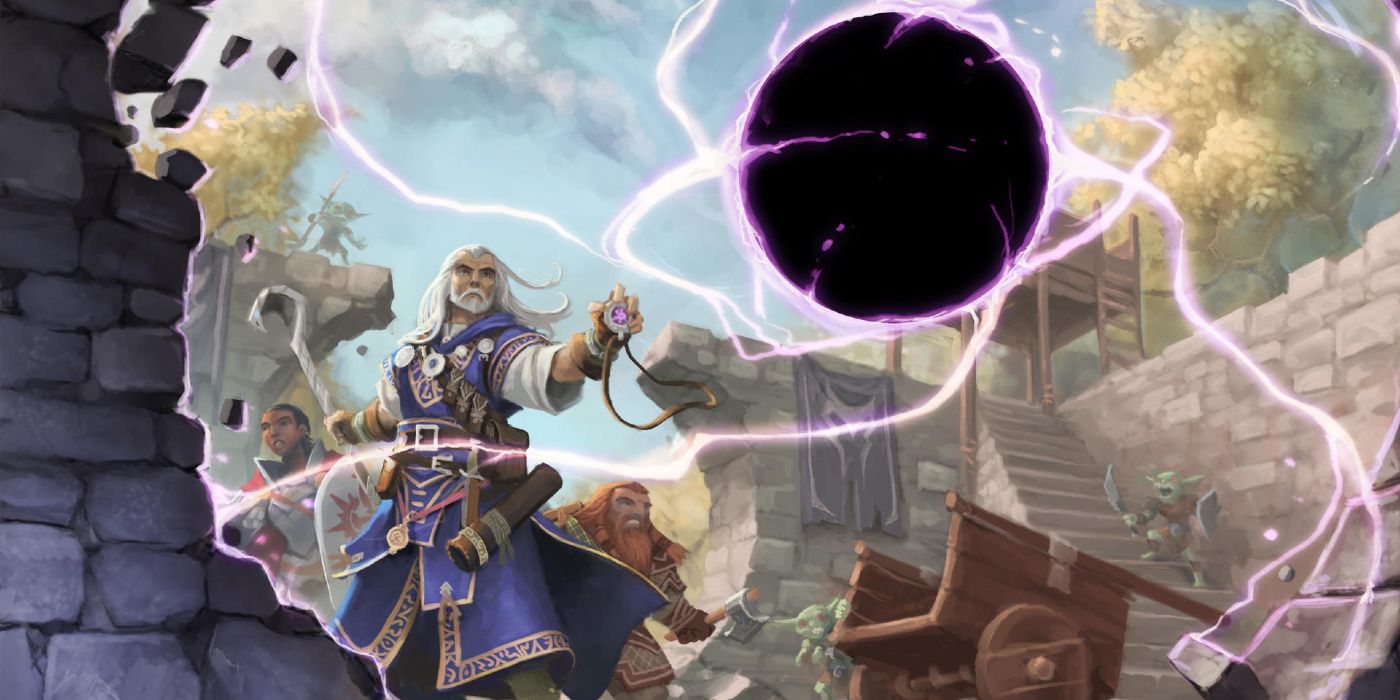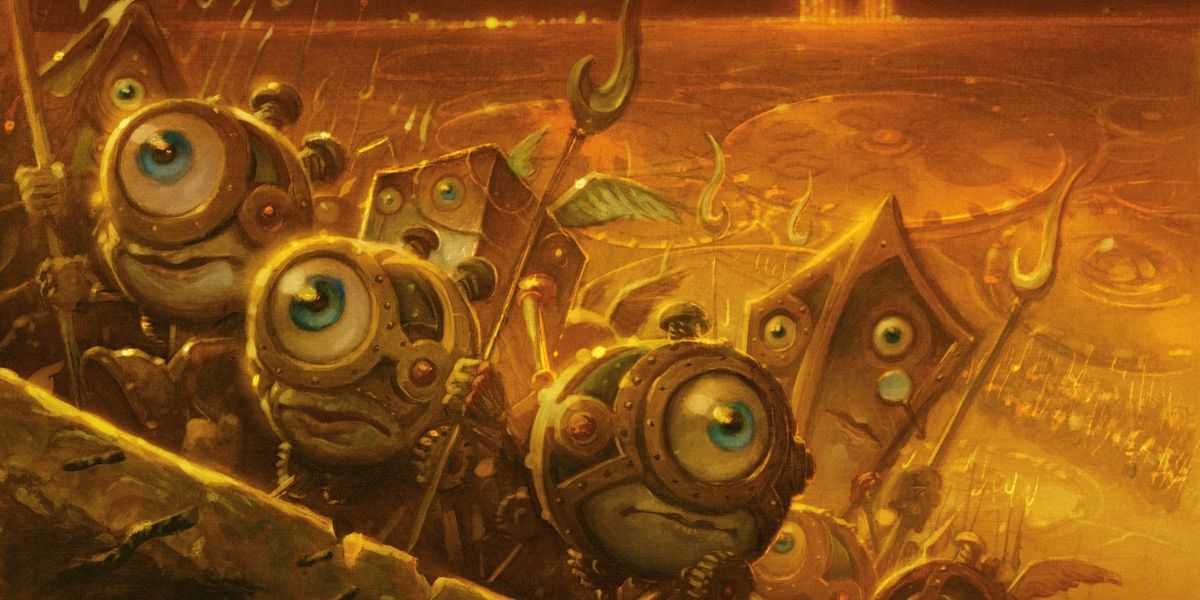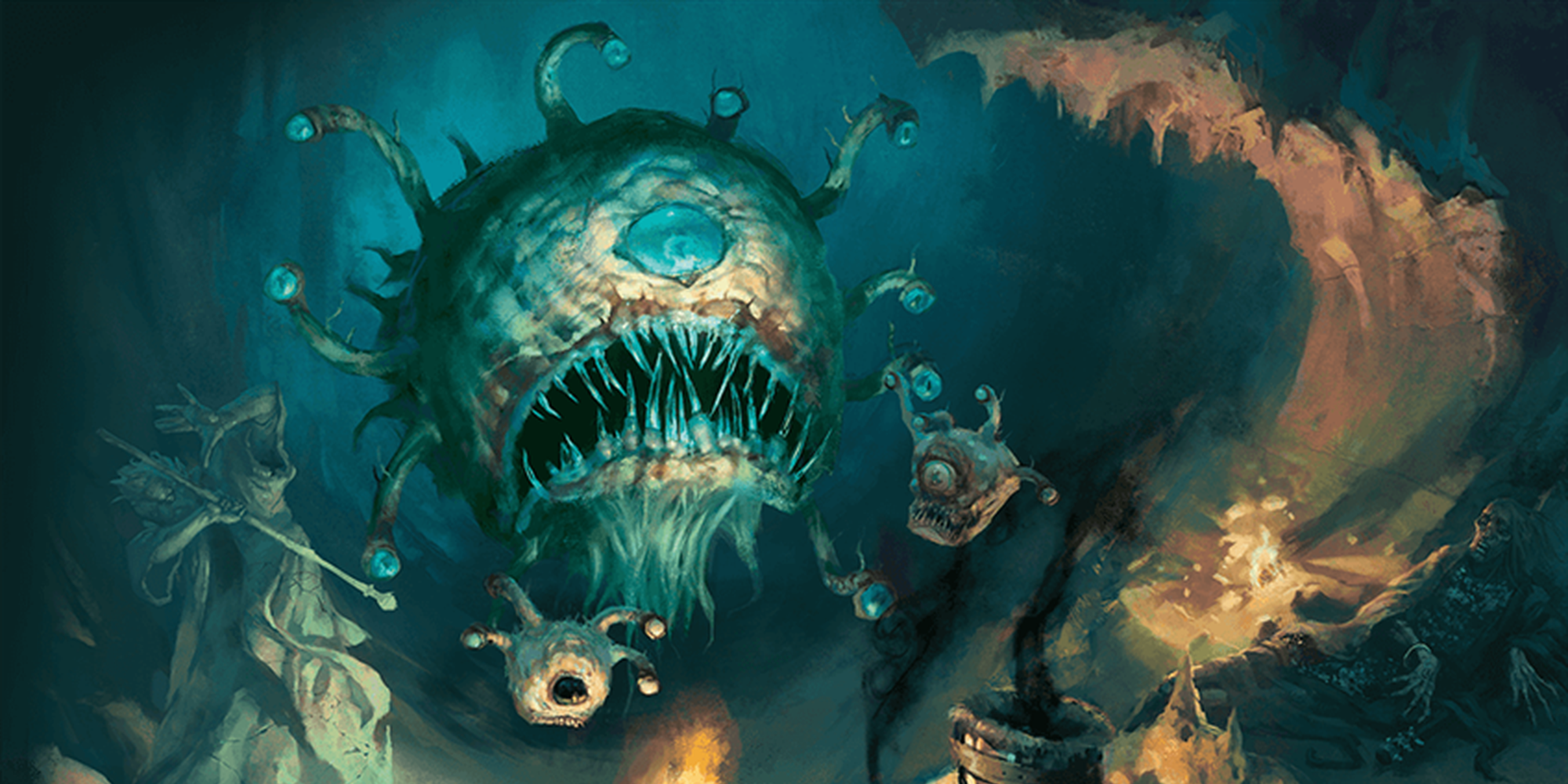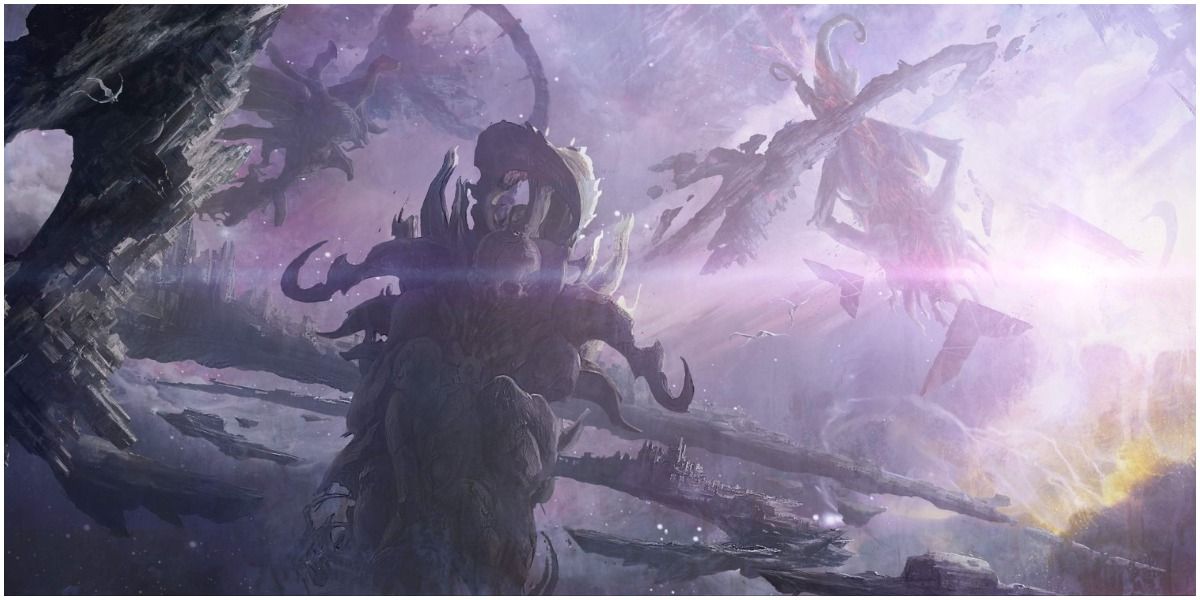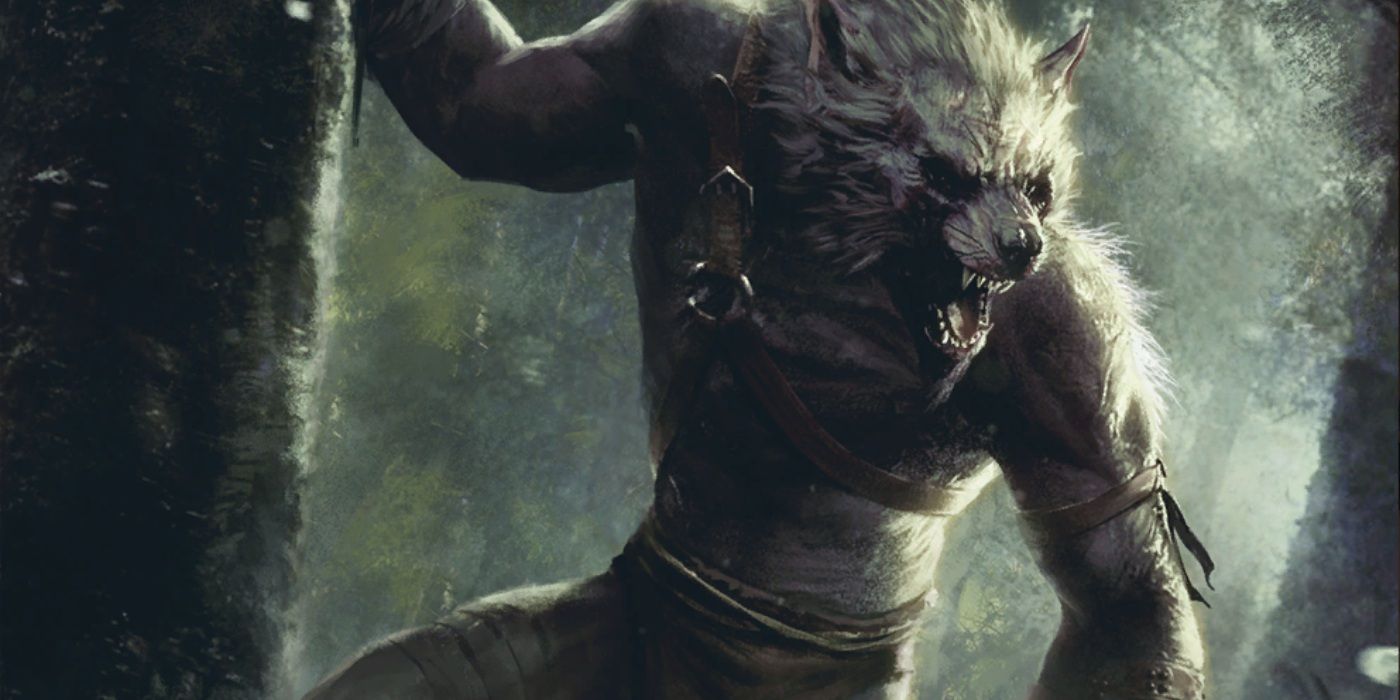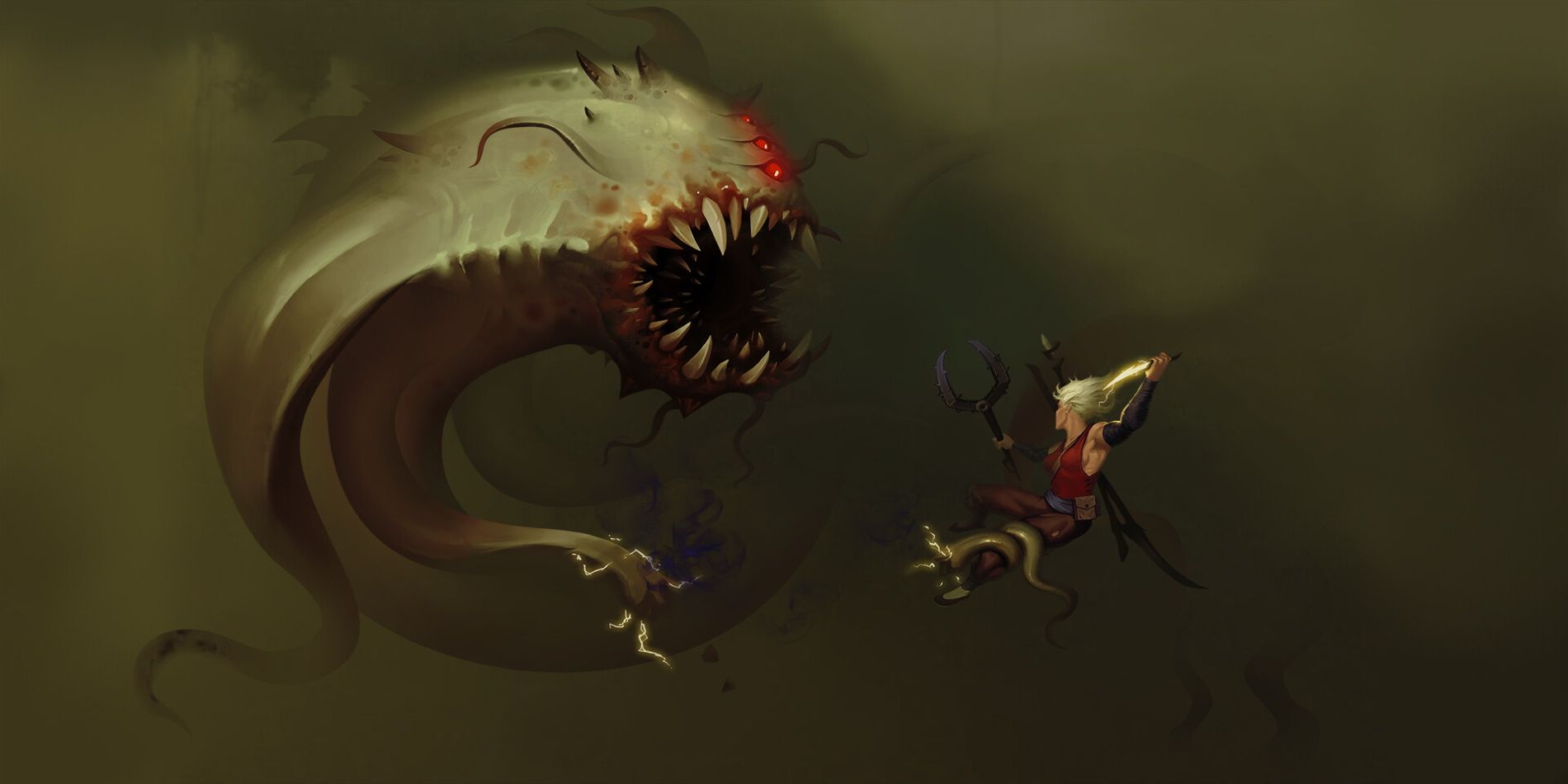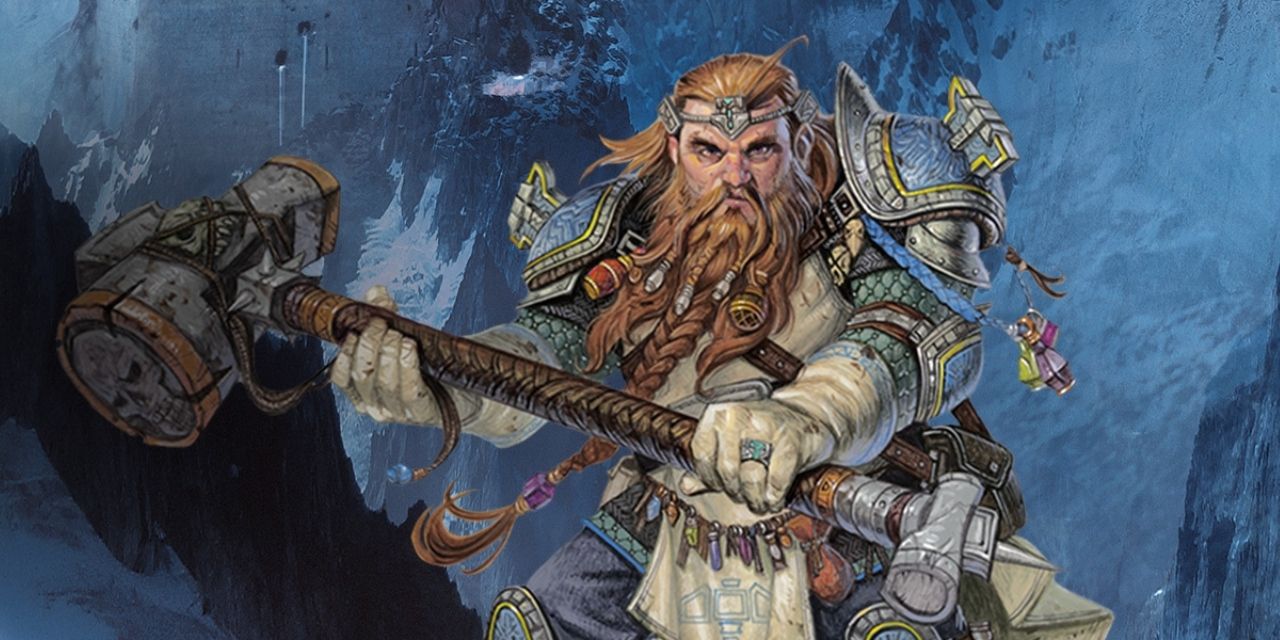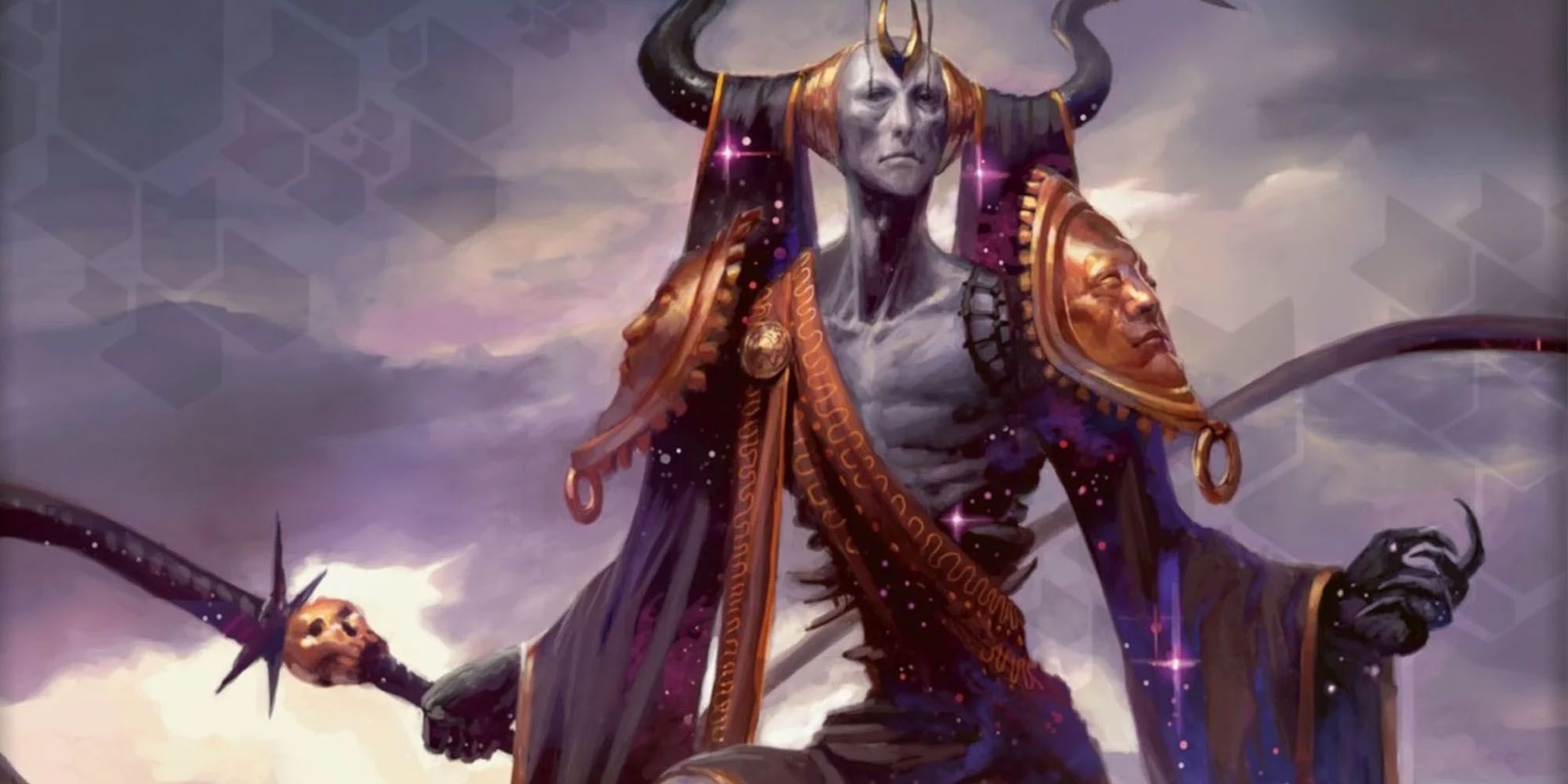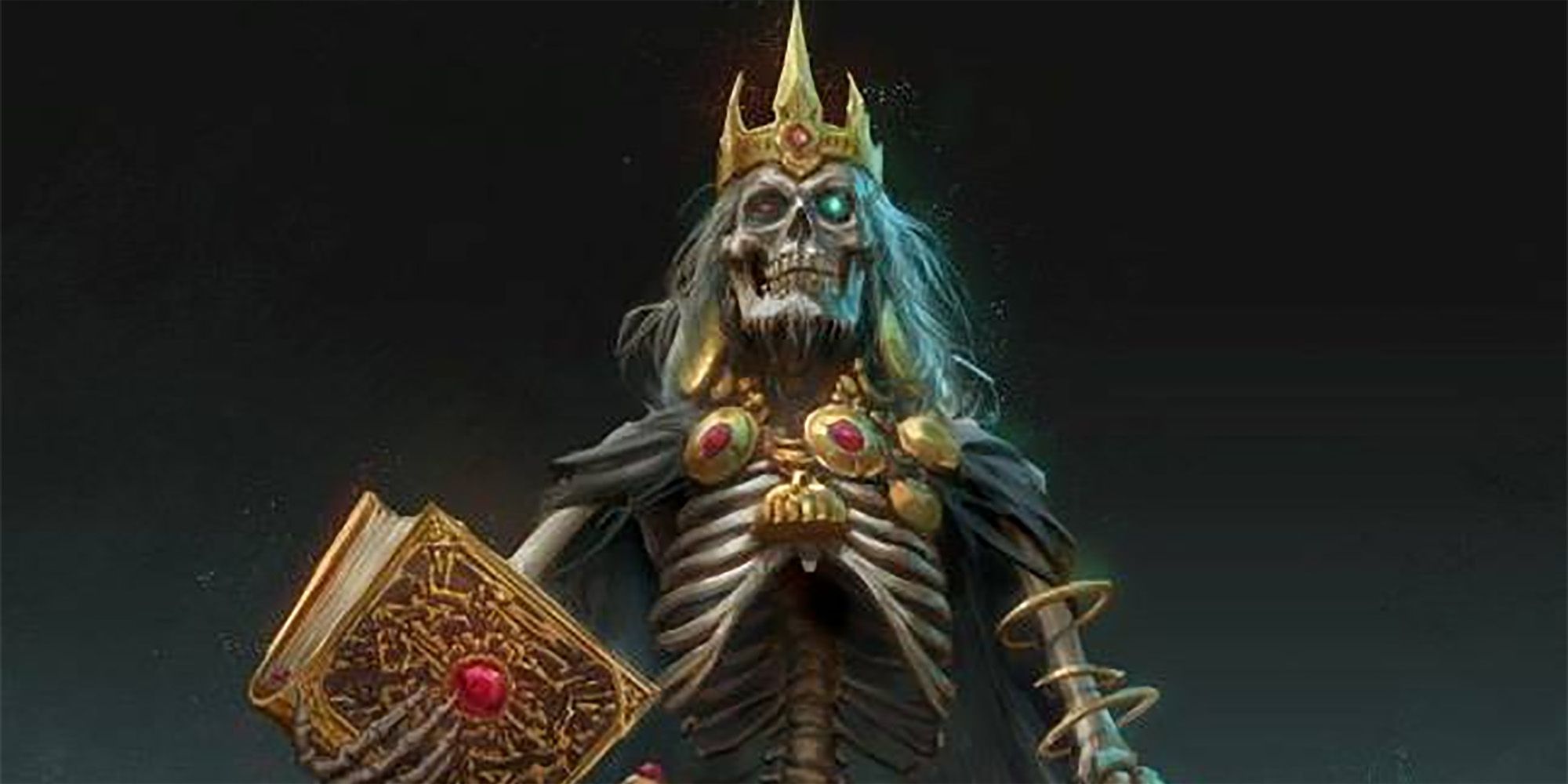Since the '70s, Dungeons and Dragons has been through many iterations, each one adding more and more lore to its many different worlds and universes. Dozens of books, movies, and other materials help build the expansive settings of D&D.
Exploring this lore and finding ways to incorporate it into a campaign can be very rewarding for a Dungeon Master, as it helps to create a deep and compelling story that draws upon the rich history of a game that has been around for decades.
10 Earth Is Part Of The D&D Multiverse
Those familiar with Dungeons and Dragons may know of the wide variety of different settings that have been developed for the game over its long history. Many of these different worlds and universes are part of an interconnected multiverse that some characters can traverse.
According to this lore, our own universe is part of the D&D multiverse as well. Characters such as the powerful mage Elminster have traveled to Earth, and many of the gods and people in the Forgotten Realms setting migrated from our own world to those lands long ago.
9 Spells Used To Go Beyond The Ninth Level
Anyone who has played a spellcaster in most editions of D&D will know that the most powerful spells one can obtain are ninth-level spells. These are some of the most powerful magic available, such as the Wish, Power Word Kill, and Gate.
This was not always the case within the lore, however. There was once an ancient Netherese mage named Karsus whose aptitude for magic was unmatched, to the point where he was able to create a 12th level spell that allowed him to take on the power of the goddess of magic. Unfortunately, this led to the downfall of his entire civilization, as he was unable to control the powers he summoned forth.
8 The Great Modron March Is An Interplanar Parade
Every 289 years, an event transpires within the Outer Planes of D&D that causes a great deal of commotion. This is known as the Great Modron March, where thousands of modrons venture out from their home plane of Automata, traversing each of the Outer Planes in clockwise order.
The origins of the march are unclear. Some speculate it to be a scouting or reconnaissance mission by the modrons to assess the planes. Others suggest it may be part of the inner workings of the modrons themselves. One thing is clear: when the Great Modron March comes through, a wise person gets out of the way.
7 Beholders Are Spawned From The Nightmares Of Their Own Kind
One of the most iconic creatures in all of Dungeons and Dragons is the otherworldly beholder. These floating spherical eyeball monsters are a challenge in combat, but they have some pretty interesting lore as well.
Though different editions had different stories on the origins of the beholders, the 5e D&D suggests that new beholders are spawned from the minds of other beholders, their dreams literally turning their worst nightmares into reality. It is only fitting that the thing which terrifies a beholder the most is one of its own kind.
6 The Bodies Of Dead Gods Float Within The Astral Plane
There are many different planes of existence to explore in D&D, but one of the strangest and most interesting is the Astral Plane. It is something of a plane between all the others, and its nature is reflected in that. It is a place beyond a typical mortal's understanding.
One aspect of the Astral Plane that may be of interest to Dungeon Masters is that among the silvery clouds and floating chunks of other planes lie the broken, solidified bodies of dead gods. These 'god-isles' retain a fraction of the power of the once-living deity, so exploring such a place could make for a fascinating adventure.
5 There Are Near Endless Varieties Of Lycanthropes
A classic monster in D&D, and fiction in general, the werewolf is typically the most well-known and common of all lycanthropes in the game. They are followed by werebears, weretigers, and the sly and cunning wererats. These are the lycanthropes detailed in the Monster Manual, but D&D lore is filled other different forms. The werecrocodile, wereshark, wereraven, and even the rare and perhaps mythical weredragon are all options for players to stumble upon in the world. Introducing one of these alternate forms into a Dungeons and Dragons campaign could make for an interesting twist on the common tropes.
4 Aboleths Are An Ancient Evil That Predates The Gods
Of all the different types of creatures in Dungeons and Dragons, aberrations are by far the strangest. The illithids and the beholders are the best-known aberations, but perhaps the most terrifying are the creatures known as aboleths.
Aboleths are aquatic, eel-like monsters of the deep whose horrific appearance reflects their true nature. They are some of the most fascinating monsters in D&D lore. The Monster Manual states that the aboleths are the oldest of all living creatures, so old they even witnessed the origin of the gods themselves.
3 Half-Dwarves Actually Exist
There are many different playable races in Dungeons and Dragons, with more being added as new supplemental materials come out. Among the classic races still available, half-elves and half-orcs have always been popular.
This may lead some to wonder if other such hybrids exist, such as half-dwarves. Indeed, within D&D lore such people do exist. Some well-know half-dwarves include Daeros Dragonspear, who built Dragonspear Castle, and Bryth Moonaxe, who was once the Lord Knight Commander of the Axe Brothers of Iltkazar.
2 The Dawn War Pitted The Primordials Against The Gods
The Forgotten Realms setting from D&D is full of deep lore crafted over decades of editions, featuring giants, dragons, gods, and elder evils all making their mark on the history of the world of Toril. One of the most fascinating elements of this history is the event known as the Dawn War.
The Dawn War was a conflict between the gods and the primordials, god-like entities themselves tied to elemental magic and the forces of entropy. The war was instigated by the mad god Tharzidun, who was said to have created the Abyss from which the demons spawned and convinced the primordials to wage their conflict against the early gods of the universe.
1 The Head Of Vecna Is Truly A Dangerous Artifact
There are many legendary items in Dungeons and Dragons that have become famous (or infamous) among players, such as the Deck of Many Things or the Hand and Eye of Vecna. But less well known is the Head of Vecna. The Head of Vecna is, in reality, an elaborate prank. To use the Hand and Eye of Vecna, one must remove that piece of their body to attach the dark artifacts. When a group of players discovered the so-called Head of Vecna, they argued over who would be the one to cut off their own head to attach the artifact. Ultimately, this would only end in their death. The Head has since become a well-known meme within the D&D community.

